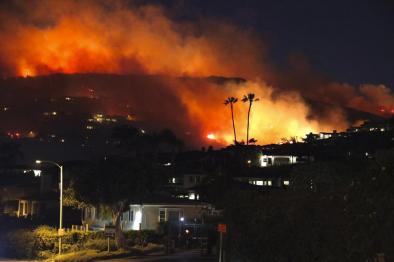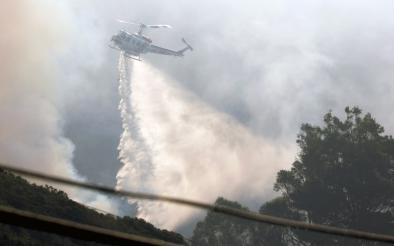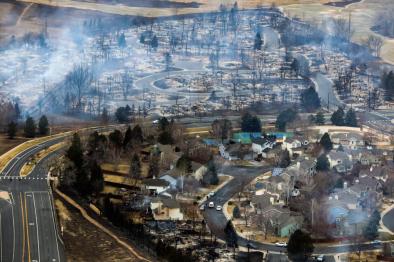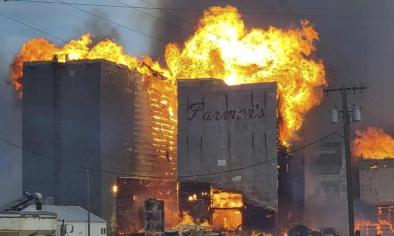Science Source
Spatiotemporal Dynamics of Global Drought
- States that droughts are some of the most expensive natural disasters that society has to face, so understanding how they evolve and what are the physical mechanisms that control them is critical for improving our ability to predict them
- States that past research has focused mostly on how droughts evolve in time over a fixed region and how droughts of a given duration evolve in space
- Tracks how individual drought events around the world between 1979 and 2009 evolved in time and space simultaneously
- Groups adjacent drought areas into clusters based on soil moisture data from the Climate Forecast System Reanalysis
- Finds that while most droughts remain near their origin, the centroid of 10% of clusters traveled at least 1,400-3,100 km, depending on the continent
- Finds that after droughts have grown and become intense enough, they tend to become even larger and more intense before conditions improve
Related Content
Headline

Feb 11, 2022 | Climate Nexus Hot News
Fires Burn In Hot, Dry Southern California, In February
Headline

Jan 24, 2022 | Reuters
Firefighters gaining control of wildfire that closed scenic California highway
Event

Jan 5, 2022
Marshall Fire December 2021
Headline

Dec 7, 2021 | The Guardian
Winter heatwave breaks records in four US states


